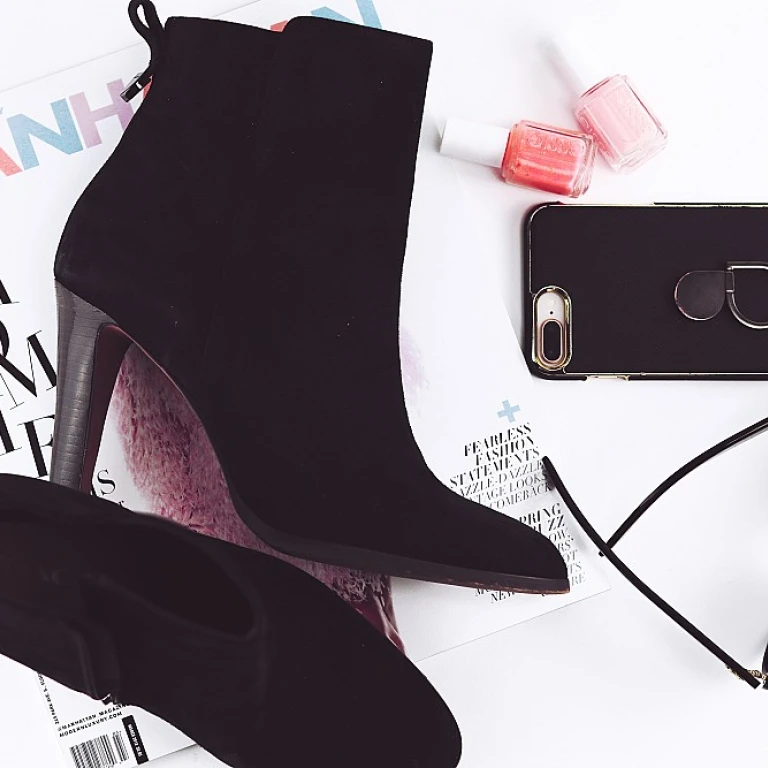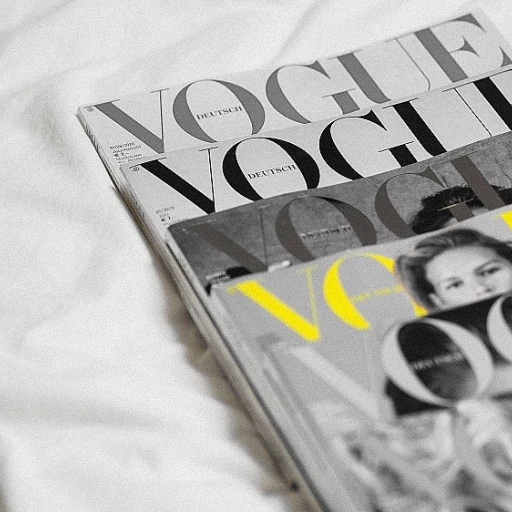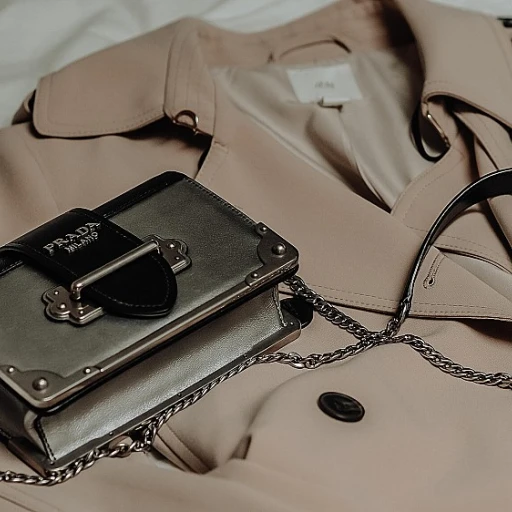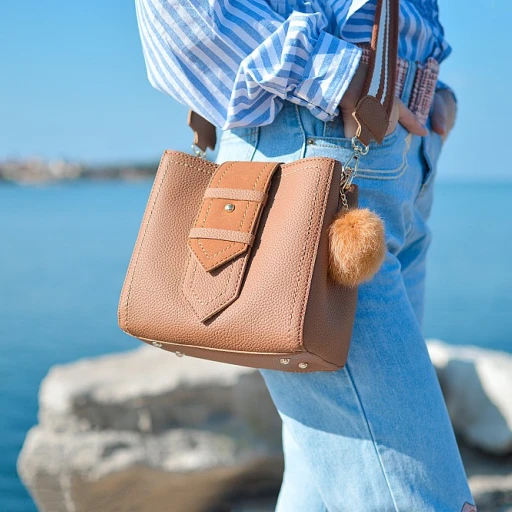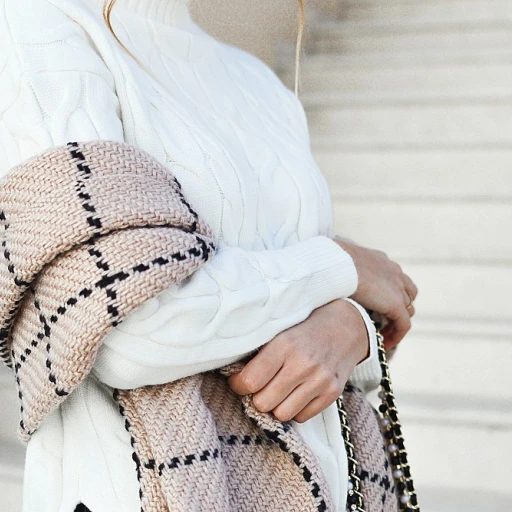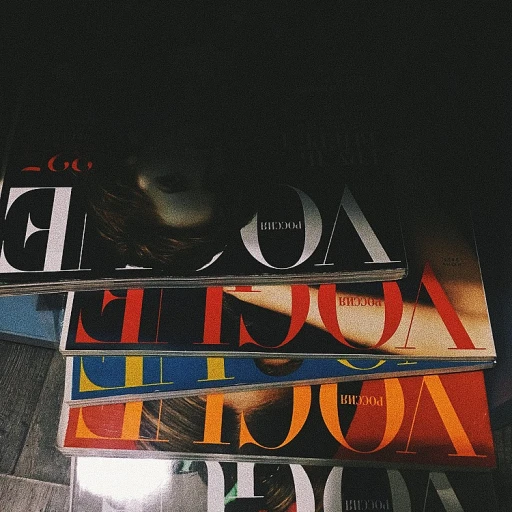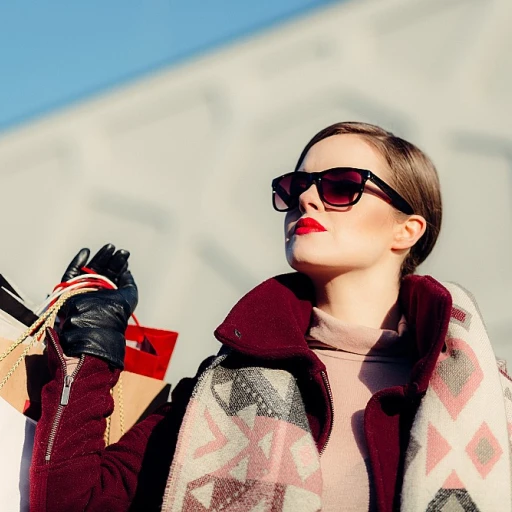The Rich Heritage of Arabic Dresses
The Timeless Beauty of Arabic Dresses
Arabic dresses have long captivated the world with their intricate designs and cultural significance. These garments, such as the abaya and kaftan, are not just pieces of clothing; they are a testament to a rich heritage that spans centuries. From the flowing elegance of a long sleeve abaya to the vibrant colors of a Dubai kaftan, each dress tells a story of tradition and artistry.
Historically, Arabic dresses were crafted with meticulous attention to detail. The use of luxurious materials like silk and satin, combined with intricate embroidery, made these dresses a symbol of status and elegance. Today, these traditional elements continue to influence modern fashion, creating a bridge between the past and present.
For women passionate about fashion, understanding the heritage of Arabic dresses offers a deeper appreciation of their beauty. The allure of culotte panties in modern fashion also highlights how traditional designs can inspire contemporary trends. As we explore the evolution of Arabic dresses, we see how these timeless garments continue to shape and inspire global fashion.
Modern Interpretations and Trends
The world of Arabic dresses is constantly evolving, and today, modern interpretations and trends are reshaping traditional pieces in exciting ways. With influences from across the globe, contemporary styles offer a fresh take on time-honored garments, appealing to both enthusiasts of the classic abaya and those new to the style.
Contemporary Twists on Traditional Classics
Modern Arabic dresses have managed to maintain the core cultural elements while integrating contemporary designs. For instance, the long sleeves typical of classic styles are now often combined with fashion-forward details such as cape sleeves or even an open front, adding a chic flair suitable for evening dresses and casual abayas alike. The playful elegance of these designs illustrates the innovative spirit alive in the current market.
The Rise of Casual Abayas and Kaftans
As urban life dictates a need for more practical yet stylish clothing, casual abayas and kaftans are becoming increasingly popular. With solid colors like sage green and daring prints gaining traction, these outfits provide both comfort and elegance for everyday wear. The ease of pairing these with other garments has made them a favorite, especially among younger women seeking versatility in their wardrobes.
Cultural Fusion and Global Appeal
The fusion of traditional Arabic fashion with other cultural influences creates unique designs that boast universal appeal. Evening dresses and maxi dresses are incorporating elements like intricate embroidery, vibrant color palettes, and luxurious fabrics, appealing to a broad audience. This blend attracts women worldwide who appreciate both the allure of traditional garments and the innovation seen in their modern counterparts.
Artisan Craft Meets Modern Production
In modern collections, there is a notable emphasis on the materials and craftsmanship involved in Arabic clothing. While traditional methods are revered, modern production techniques are increasingly embraced, resulting in beautiful, high-quality pieces at competitive unit prices. Quick delivery options are also enhancing the shopping experience, making these elegant garments more accessible to a global market.
Materials and Craftsmanship
Materials and Artistry in Arabic Dresses
Crafting Arabic dresses, whether it's the traditional abaya or the contemporary kaftan, involves the use of luxurious materials that elevate the outfits to true masterpieces of fashion. Each fabric choice reflects a deep-rooted cultural identity and reverence for craftsmanship, making these dresses stand out in the global fashion market. Silk and chiffon are frequently employed to create the fluid elegance expected in an evening dress, while more casual abayas might make use of breathable cotton for comfort without sacrificing style. The cape sleeves and long sleeves often feature intricate embroidery, showcasing bespoke artisanal skills that are passed down through generations. Color plays a significant role, with rich jewel tones and luxurious solid color palettes offering a canvas for elaborate designs. For instance, a sage green dress can provide a soothing yet striking color choice suitable for evening dresses or special occasions like Eid. Each arabic dress is a testament to deep-rooted craftsmanship in Muslim fashion, from women seeking an elegant, maximalist style to those favoring more subdued, minimalist aesthetics. The option to customize details, such as long sleeves or open front designs, ensures these garments can cater to a variety of tastes and occasions. When purchasing an arabic dress, the price can vary significantly depending on the materials, the intricacy of the design, and the unit of craft labor involved. A long maxi dress with elaborate beadwork or gold thread might fetch a higher unit price or regular price compared to a more casual version. With various ways to experience quick view options online and swift delivery services becoming the norm, dress women have the opportunity to embrace these elegant creations, adding a touch of luxury to their wardrobes.Styling Arabic Dresses for Various Occasions
Styling Arabic Dresses for Every Occasion
Arabic dresses are renowned for their elegant and versatile nature, offering a wide range of styling options for various occasions. Whether it's a formal event or a casual gathering, these dresses can be tailored to fit the mood and setting perfectly. For an evening look, consider opting for an abaya with intricate embellishments and long sleeves. This type of dress provides a sophisticated appearance that is ideal for formal dinners or galas. Evening dresses in solid colors, such as deep blues or sage green, highlight elegance and offer a timeless appeal. In a more toned-down setting, casual abayas with simple design lines can be paired with cape sleeves for a chic, relaxed vibe. A maxi dress with an open front adds a touch of modernity while maintaining the classic essence of Arabic style. Muslim women often choose traditional Arabic dress styles for significant occasions such as Eid, due to their cultural and religious significance. These dresses typically come in a range of colors and designs that allow for personal expression while respecting traditional dress codes. One of the beauties of Arabic dresses is their adaptability. They effortlessly transition from day to night without losing their grace. Choosing materials that are lightweight yet durable enhances comfort, and considering unit price and regular price options allows women to find dresses that suit their budget without compromising on quality. Many online stores offer quick view options, allowing for seamless selection and delivery services. Whether you're in search of a Dubai kaftan or a classy evening dress, the variety and elegance in Arabic fashion continue to inspire and captivate women globally.Influence of Arabic Dresses on Global Fashion
The Ripple Effect of Arabic Dresses on Global Fashion
The influence of Arabic dresses on global fashion is undeniable. As the world becomes more connected, the unique silhouettes and styles of traditional Arabic garments are being embraced by women around the globe. The abaya and kaftan, with their elegant flow and modest appeal, have transcended cultural boundaries to make a statement on the international fashion stage. Arabic dresses, known for their exquisite craftsmanship and artistry, are often sought after for special occasions like weddings or festive events. Evening dresses inspired by Arabic fashion, such as the maxi dress with cape sleeves or the long sleeve abaya dress, bring a touch of sophistication and allure to any gathering. The fusion of traditional elements with modern twists allows designers to cater to diverse tastes and preferences, making these dresses a versatile choice for fashion-forward women. The global market has seen a rise in demand for such clothing pieces as women seek out pieces that embody both elegance and comfort. For instance, the Dubai kaftan and casual abaya are favored for their versatility and are often available in a variety of colors, from the rich sage green to the classic solid color, providing options for every wardrobe. However, as the popularity of Arabic dresses increases, they are becoming more accessible with varying price points, allowing women to opt for unit prices that align with their budget. The regular price of these elegant pieces might vary based on materials and detailing, but their appeal remains consistent across different markets. The cross-cultural exchange facilitated by these garments also brings about a beautiful blend of tradition and innovation, which is reflected in the way these dresses integrate into everyday fashion. They offer clothing that marries comfort with style, ultimately making a mark on global fashion trends and broadening the view on what constitutes modern elegance. The growth of online platforms further supports the global reach of Arabic fashion, enabling quick delivery services and easy access to “quick view” and “delivery” options for customers worldwide. This accessibility encourages fashion enthusiasts to explore these styles, adding a layer of exotic charm to their evening dress or casual attire collections.Challenges and Opportunities in the Arabic Fashion Market
Challenges and Opportunities in the Evolving Arabic Fashion Scene
The Arabic fashion market, rich in tradition and cultural significance, faces both challenges and opportunities as it integrates into the global fashion landscape. One of the primary challenges is the balance between maintaining traditional elements, such as the abaya and kaftan, while embracing modern trends. This balancing act is crucial for appealing to a broader audience without losing the cultural essence that defines Arabic dresses.
Another challenge is the price point of these garments. The unit price of intricately designed evening dresses or long sleeve maxi dresses can be high due to the craftsmanship involved. However, this also presents an opportunity for designers to educate consumers on the value of materials and craftsmanship, highlighting why a higher regular price is justified.
Moreover, the delivery logistics for these dresses, especially when catering to an international market, can be complex. Ensuring that solid color and elegant designs reach customers in pristine condition requires robust logistics and supply chain strategies.
On the opportunity front, the increasing demand for modest fashion globally opens new avenues for Arabic fashion. Women muslim and those seeking elegant yet casual attire are looking towards Arabic designs for inspiration. This trend is evident in the popularity of casual abaya and open front designs that offer versatility for various occasions, from eid celebrations to everyday wear.
Color also plays a significant role in this market. While traditional colors remain popular, there is a growing interest in contemporary hues like sage green that appeal to younger audiences. This shift in color preferences is indicative of the evolving tastes within the Arabic fashion market.
Ultimately, the Arabic fashion market is poised for growth, provided it can navigate these challenges effectively. By leveraging its rich heritage and adapting to modern consumer demands, the market can continue to influence global fashion trends and offer unique, culturally rich clothing options to women worldwide.
